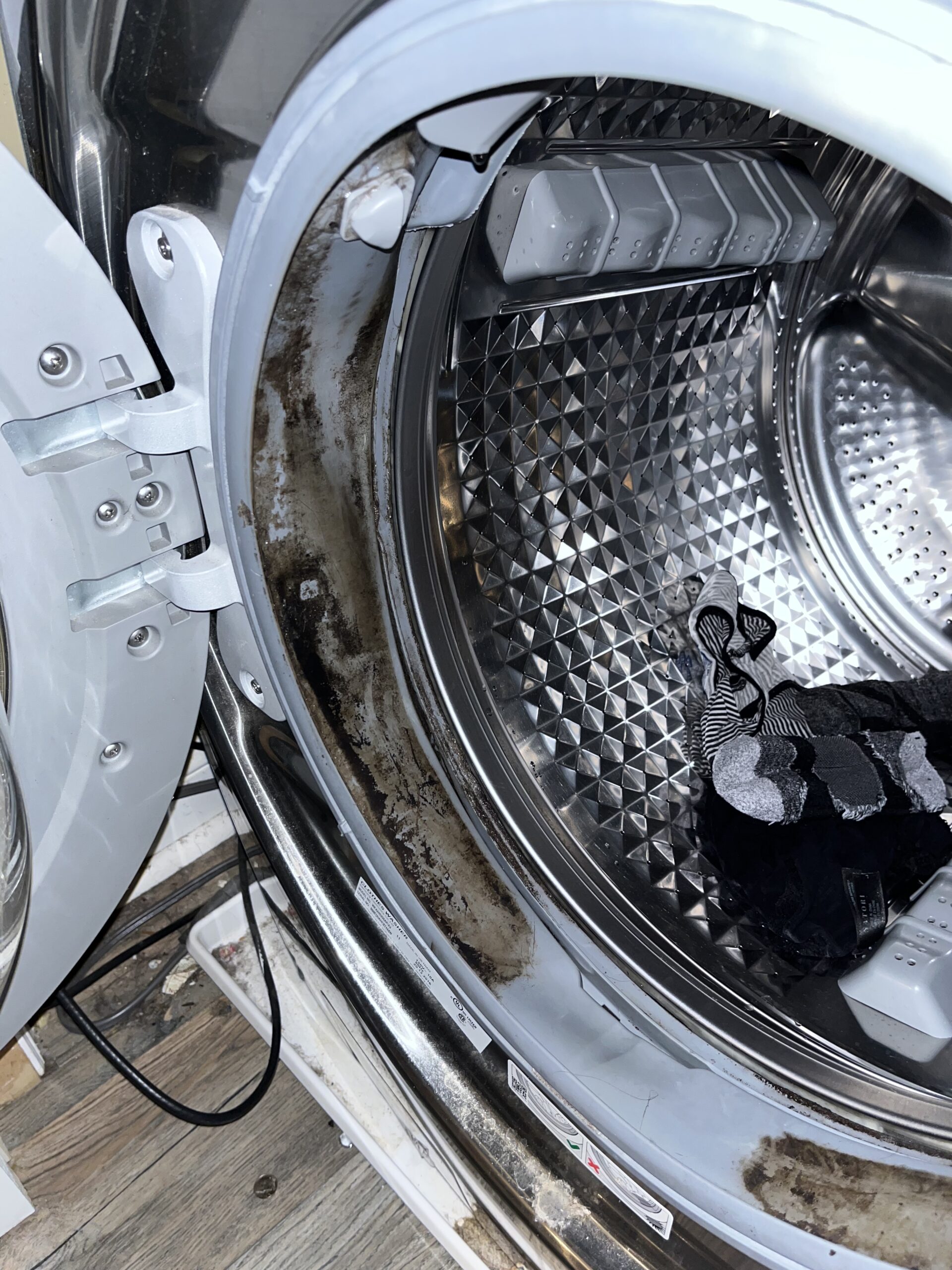Mold is a common issue that can affect various areas of our homes, but it’s not limited to walls or ceilings. In fact, mold can thrive on everyday household items if the conditions are right. Understanding where mold can grow and how to prevent it is essential for maintaining a clean and healthy living environment. Here, we will explore some common household items that are susceptible to mold growth and provide tips on how to prevent and address this problem.
Common Sources Of Mold On Everyday Items
- Fabrics and Upholstery: Soft surfaces like carpets, rugs, mattresses, and upholstered furniture are perfect breeding grounds for mold. They can accumulate moisture from spills, dampness, or high humidity levels. To prevent mold growth, promptly clean and dry any wet or damp fabrics. Use a dehumidifier to control humidity levels and ensure proper ventilation in rooms with these items.
- Books and Paper Products: Books, magazines, and even cardboard boxes are susceptible to mold growth if they are exposed to moisture. Mold can damage the pages, leaving them discolored, musty-smelling, and potentially unreadable. Store books and paper products in dry areas and avoid placing them near sources of moisture. If you notice mold on any paper items, carefully clean them or consider consulting a professional conservator for delicate materials.
- Clothing and Shoes: Mold can also find its way into our closets and wardrobes. Clothes and shoes stored in humid or poorly ventilated areas are at risk. To prevent mold growth, make sure your clothes are completely dry before storing them. Avoid packing clothes too tightly in closets to allow air circulation. Consider using moisture-absorbing products like silica gel packets or dehumidifiers in your closets.
- Bathroom and Kitchen Items: Mold loves the warm and damp environment of bathrooms and kitchens. Pay attention to items like shower curtains, bath mats, sponges, and kitchen towels. Regularly clean and dry these items to prevent mold growth. Replace shower curtains and bath mats if they show signs of mold or mildew.
- Appliances and HVAC Systems: Household appliances such as refrigerators, air conditioners, and humidifiers can develop mold if not properly maintained. Clean and disinfect these appliances regularly according to the manufacturer’s instructions. Check and clean filters in your HVAC system to prevent mold spores from spreading throughout your home.
Prevention and Remediation Tips
- Keep your home well-ventilated and ensure proper airflow in all rooms.
- Maintain relative humidity levels below 50% to discourage mold growth.
- Fix any leaks or water damage promptly to prevent moisture buildup.
- Regularly clean and inspect vulnerable household items for signs of mold.
- If mold is present, address it immediately by cleaning the affected area with a mixture of water and mild detergent. For extensive mold growth, it’s best to consult a professional mold specialist, like us.
Mold growth on common household items can be a nuisance, affecting both their appearance and longevity. By understanding where mold can grow and taking preventive measures, you can maintain a clean and healthy living environment. Regular cleaning, proper ventilation, and moisture control are key to minimizing the risk of mold growth. Remember, if you suspect extensive mold growth or have persistent mold issues, it’s always best to seek professional assistance to ensure a thorough and effective solution.
For more information on mold inspections and testing, click here to contact us today for a free phone consultation.

